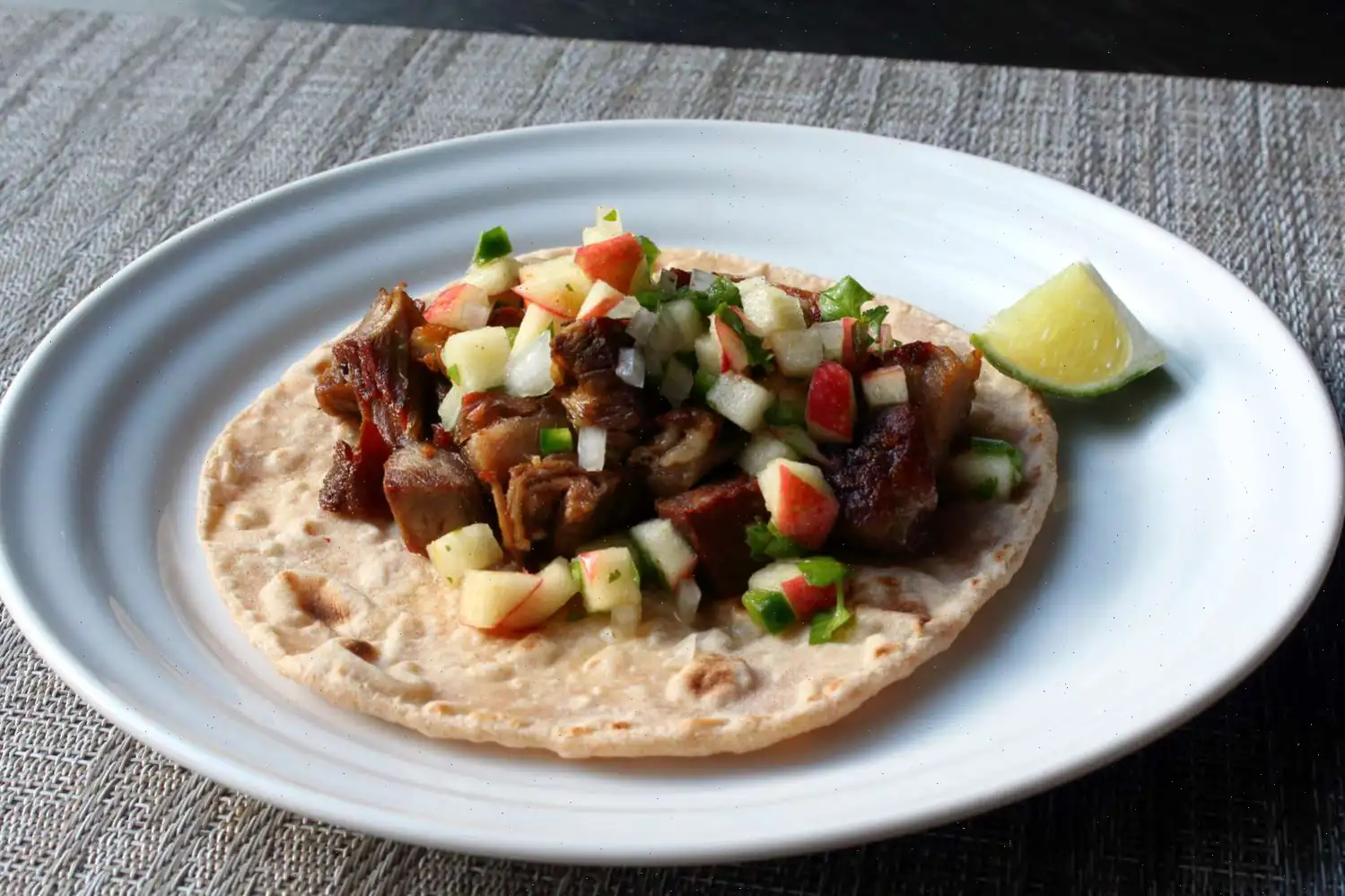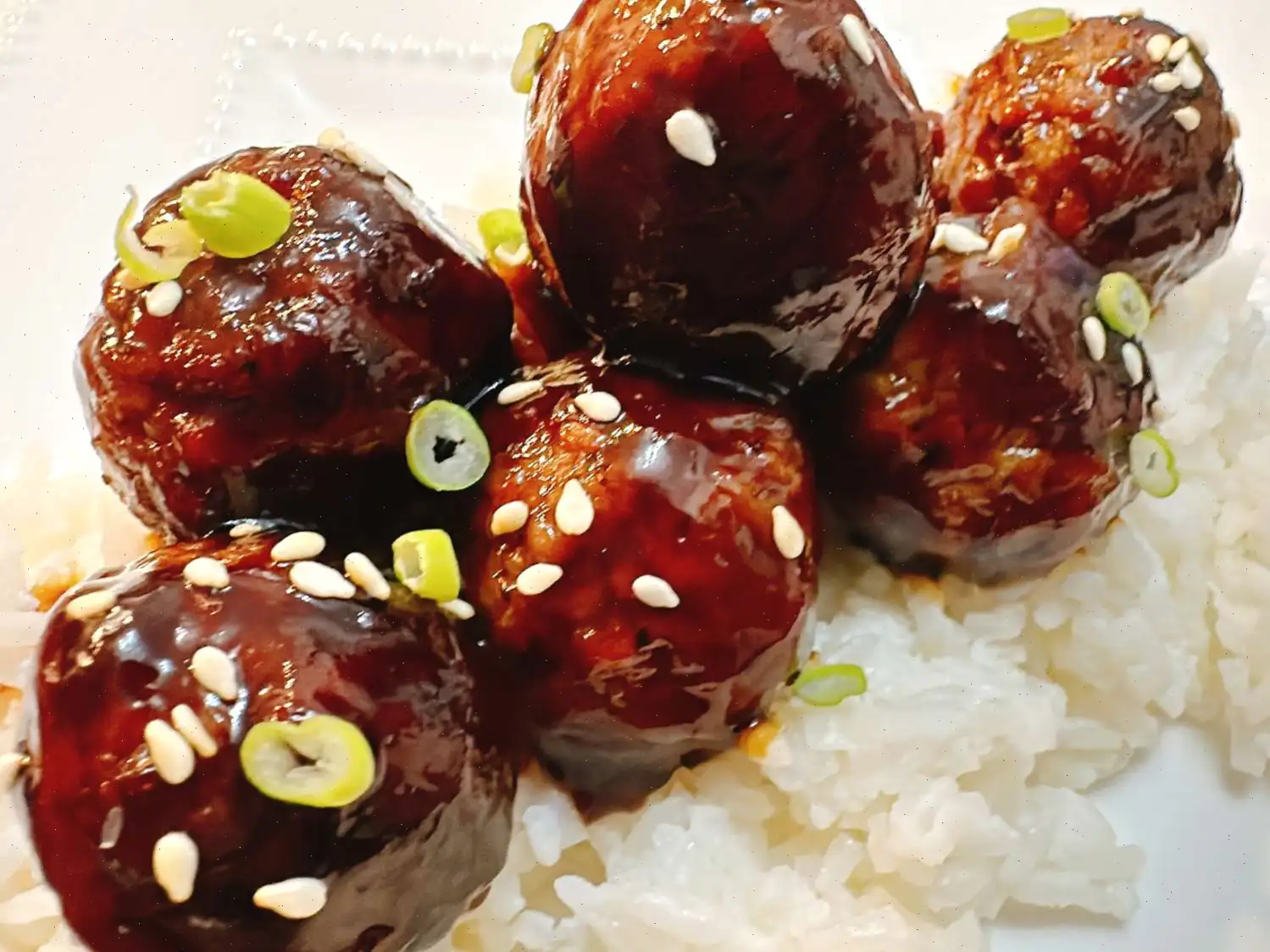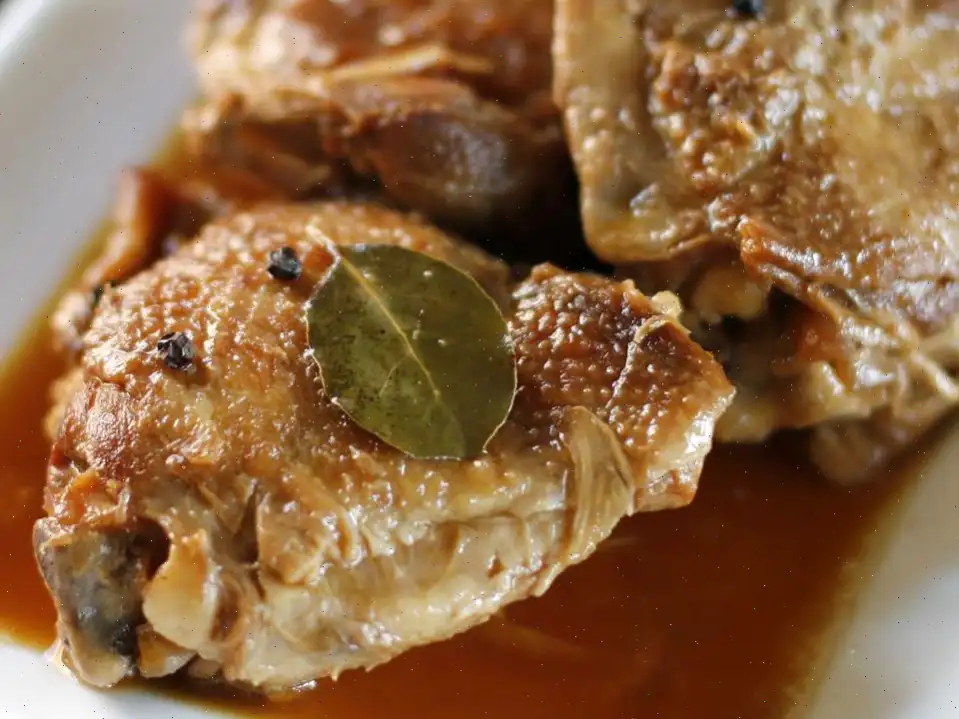
"Plastered" Pork Tacos with Apple-Jalapeño Salsa Recipe
Ingredients
This recipe was developed at its original yield. Ingredient amounts are automatically adjusted, but cooking times and steps remain unchanged. Note that not all recipes scale perfectly. Original recipe (1X) yields 12 servings.
- Pork: 1 (3 ) pound bone-in pork shoulder roast
- 2 tablespoons minced fresh rosemary
- 1 tablespoon freshly ground black pepper
- Plaster: 2 cups all-purpose flour, or more as needed
- cup water, or more as needed
- cup kosher salt
- 1 large egg white
- Salsa: 2 cups finely diced Honeycrisp apple
- cup finely diced white onion
- cup seeded and finely diced jalapeo pepper
- cup chopped fresh cilantro
- 2 limes, juiced, or to taste (Optional)
- 1 teaspoon salt, or to taste
- 2 pinches cayenne pepper
- 12 flour tortillas, warmed
- 2 limes, cut into wedges, or as needed (Optional)
Directions
- Preheat the oven to 325F (165C) with the oven rack positioned in the center.
- Season all sides of the pork shoulder with minced rosemary and freshly ground black pepper.
- In a large bowl, stir together the flour, water, cup of salt, and egg white until the mixture is smooth. Add more flour if the "plaster" is too runny.
- Place the pork shoulder in the bowl and coat it thoroughly with the "plaster" mixture.
- Spread a few spoonfuls of excess "plaster" into a baking dish or pan, then place the pork shoulder fat-side up. Reapply the "plaster" with a spoon to any spots that are not covered, including the top.
- Roast in the center of the preheated oven for about 3 hours or until the surface is dry and hard. The internal temperature should read 185F (85C) on an instant-read thermometer.
- Let the pork cool for 15 to 60 minutes.
- Remove and discard the "plaster" crust. Break the pork into large chunks and transfer them to a plate, adding some of the accumulated pan juices for flavor.
- Cover with plastic wrap and chill in the refrigerator for 8 hours to overnight.
- Meanwhile, prepare the salsa: In a bowl, combine the diced apple, onion, jalapeo, cilantro, lime juice, salt, and cayenne pepper. Set aside.
- Slice the chilled pork into strips, then cut into -inch cubes.
- Heat a dry nonstick skillet over medium-high heat. Add the cubed pork and brown it for 3 to 5 minutes.
- Serve the pork on warm tortillas with the prepared salsa and lime wedges. Optionally, squeeze fresh lime juice over the tacos for added zest.
Chef's Notes
- You can use any herbs or spices to season the pork, but avoid adding salt during this step.
- Allow the pork to rest for at least 15 minutes before removing the "plaster" crust, especially if not making tacos.
- If desired, you can shred or chop the pork into smaller pieces, or pan-fry it in the reserved rendered fat instead of using a dry skillet.
Nutrition Facts (per serving)
- Calories: 496
- Total Fat: 18g (23% Daily Value)
- Saturated Fat: 6g (30% Daily Value)
- Cholesterol: 52mg (17% Daily Value)
- Sodium: 4494mg (195% Daily Value)
- Total Carbohydrates: 60g (22% Daily Value)
- Dietary Fiber: 4g (16% Daily Value)
- Total Sugars: 5g
- Protein: 22g (45% Daily Value)
- Vitamin C: 11mg (12% Daily Value)
- Calcium: 126mg (10% Daily Value)
- Iron: 5mg (26% Daily Value)
- Potassium: 415mg (9% Daily Value)

Origin and History of "Plastered" Pork Tacos
The recipe for "Plastered" Pork Tacos with Apple-Jalapeo Salsa is a contemporary twist on classic pork tacos, blending savory and spicy with the refreshing sweetness of apple salsa. The term "plastered" refers to the special method of coating the pork shoulder in a flour and salt mixture, which traps moisture and flavors while the meat bakes, resulting in incredibly tender pork. While the exact origin of this cooking technique is not definitively known, it is believed to have been inspired by old-fashioned methods of slow-cooking meats in sealed crusts, a technique used for centuries in various cultures to lock in moisture.
Regional Variations and Features
This dish draws inspiration from Mexican taco traditions but incorporates a unique American twist with the apple-jalapeo salsa. In Mexico, tacos are often served with a variety of salsas ranging from fresh tomato to more exotic combinations, but the use of sweet, crisp apples and spicy jalapeos is not typical. This fusion of flavors reflects the growing trend of cross-cultural cooking, particularly popular in modern American cuisine. The use of a salty "plaster" coating for the pork is a hallmark of Chef John's creative flair, adding a texture contrast that is unusual in traditional taco recipes.
How This Differs From Similar Dishes
What sets "Plastered" Pork Tacos apart from other similar pork taco recipes is the innovative method of cooking the pork. Most traditional recipes involve marinating and grilling or slow-cooking the meat. However, in this dish, the pork is coated in a mixture of flour, salt, and egg whites, creating a firm crust or "plaster" that helps keep the meat juicy and tender while it bakes. This method ensures the pork retains more moisture and flavor, giving it a richer taste than traditional preparations. The apple-jalapeo salsa also adds a unique sweet and spicy profile that contrasts beautifully with the savory pork, making this taco dish stand out from its more conventional counterparts.
Where Is It Typically Served?
"Plastered" Pork Tacos are typically served in a casual, home-cooked setting, ideal for a family meal or a weekend gathering. While not a traditional street food, this dish fits well into the modern taco scene, often found in contemporary restaurants that focus on creative takes on Mexican classics. It is particularly popular in places where fusion cuisine thrives, blending flavors from various regions and cultures. The tacos can be enjoyed as a main dish during dinner or as part of a larger meal during festive occasions.
Fun Facts About the Dish
- The "plaster" coating technique used in this recipe is a modern adaptation of an ancient method of sealing meats in dough or clay to retain moisture during cooking.
- Chef John, who developed this recipe, is known for his inventive and fun twists on classic dishes, often focusing on flavor combinations that surprise and delight the palate.
- The apple-jalapeo salsa is not only delicious but also packed with health benefits. Apples are rich in fiber, while jalapeos contain capsaicin, which has been shown to boost metabolism.
- This dish is a great example of how American and Mexican cuisines can be combined to create something entirely new and exciting.








